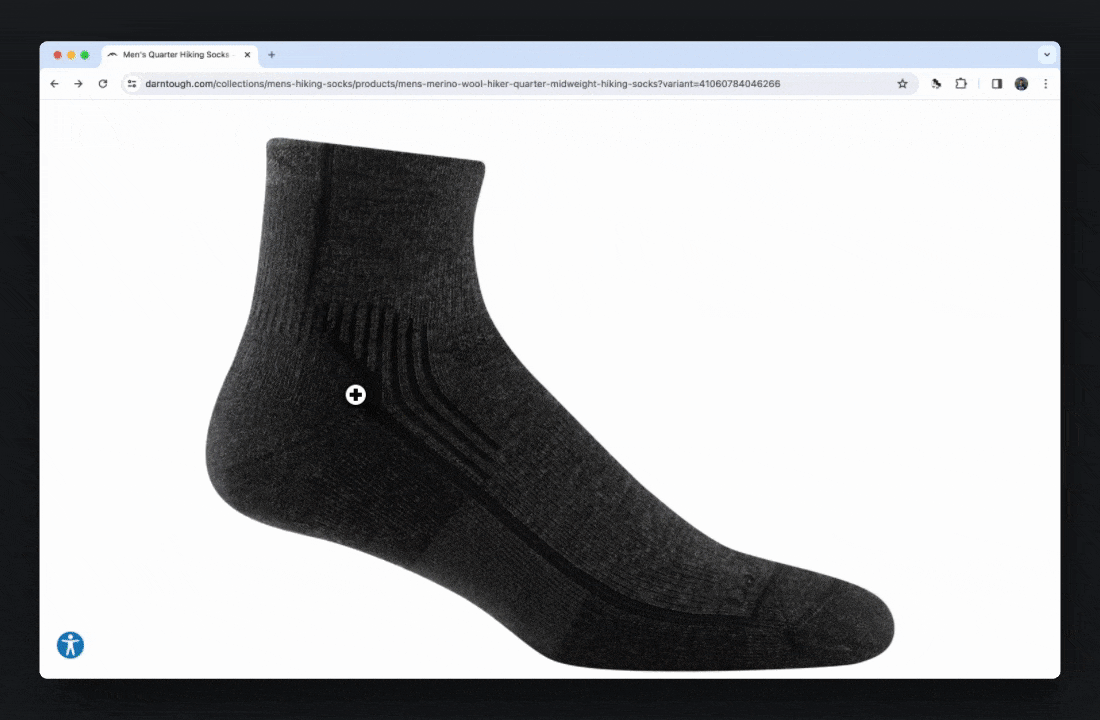We’re winding down Frameboard. Here’s a recap of our journey, mistakes, lessons, and everything in between—hoping it helps others building in crypto.
The idea
The original idea for Frameboard was a Pinterest-like app and protocol where users could earn from their curation. We thought crypto could empower higher-quality content curation and that users would support great curators by collecting (paying for) it.
I came to this idea after thinking a lot about:
What products don’t give users skin in the game (i.e., Pinterest)?
What could grow quickly on new web3 social primitives (i.e., frames, bots, NFTs, XMTP)?

Traction
Since launching in March, hundreds of users curated over 6,500 posts to 800 boards, with thousands more consuming those boards on the web app, Farcaster, and XMTP. We saw Frameboards for travel, food, fashion, art, train stations, mood boards, NFTs, erc20s, and more.
We experimented with a ton of features, including Farcaster frames and cast actions, browser extension, OpenFrames and XMTP notifications, NFT curation, collectible boards, AI curation, and more.

By May, it was clear the product wasn’t working, and our core assumptions were wrong. 99% of users churned, no one wanted to collect boards or the NFTs curated on them, and we grew skeptical of people collecting content as a big frequent consumer behavior. I remember walking around a rainy London one afternoon, thinking, “Damn, we built the wrong product for crypto.” In that moment, I felt like I trully and painfully understood what product-market fit is—and what it isn’t.

Lessons
1. Avoid SISPing
The first mistake we made with Frameboard was approaching it from "solution in search of a problem." At this point, we were out of ideas and desperate to figure out what to build next. We let impatience guide us, brainstorming crypto and web3 socical ideas instead of identifying a problem and reasoning from first principles. No surprise—we ended up with mostly bad ideas and a few that just sounded good.
2. Solve the right problem for the right user
While cool and fun to build, Frameboard was the wrong product for today’s crypto audience. Active crypto users prefer text-based content, are time-constrained, and mostly driven by speculation. Frameboard was more visual, time-intensive, and lacked speculative elements. We didn't solve a real problem the market wanted solved and built something people didn’t need. Don’t make that mistake—be brutally honest about who your users are, what their behaviors are, and what they truly want.

3. Don't forget about demand
Like many Web3 ideas, Frameboard sounded great from the supply side (i.e., the curator) but was weak on the demand side (i.e., the collector). Every creator wants more money and control—that’s a given. The real question is: why will the demand-side users spend their time and/or money in a meaningful and frequent way? We struggled to answer that. Without demand, supply-side users—whether content creators, platform developers, marketplace sellers, or service providers—won’t be satisfied and will churn. Demand is the game and key to providing a magical experience for the supply side.
4. Take your time pivoting
In hindsight, we didn't spend enough time between pivots. We were eager to build and ship (always be launching), and didn’t like waiting around. Looking back, I wish we had taken a little more time to research, understand users and their problem, and develop a strong hypothesis that we were going after a big, important market and be missionaries about it. I think in crypto, more so than other industries, teams really need to be grounded in truth and mission-driven to navigate all the skepticism and market swings.
Curation
For those interested in curating or building around curation, here are some tools and ideas worth exploring:
Curators
Paragraph is the best place on the internet for creating, monetizing, and owning curated content—whether it’s text, links, or visuals. The team is world-class and the product keeps getting better.
Farcaster channels are currently the most underexplored tool for community curation. Rounds.wtf and Fiids are early glimpses of what's possible.
Zora is great for visual and art curation. With no fees, a mobile app and a more accessible experience, the opportunities here feel endless.
For non-crypto curation, Arena, Cosmos, Mix, and Crate are all giving Pinterest and LTK a run for their money with AI and monetization tools.
Developers
Side projects: I recommend exploring Farcaster channels. Curating text, links, nfts or even memecoins is so much more fun and interesting when it's done as a community. I'm certain entire apps and website will be built around single channels. I also think Zora protocol is underexplored for curation. Mint.Fun was amazing when it first launched, but as low-cost NFTs grew L2s, it became difficult to filter signal from noise. Daylight is making a lot of progress here. Similarly, there could be opportunities in curating memecoins on platforms like pump.fun, rug.fun, and other emerging products.
Venture-backed projects: I think commerce is the biggest opportunity in curation. Great curation—whether it’s architecture, fashion, places, food, or finance—leads to a purchase. The challenge is figuring out how to reward creators for driving those purchases. Ads hijacking the attention creators work hard for, without their permission, feels wrong, and platforms like LTK redirecting users to affiliate links in clunky mobile web views is a terrible experience. A lot needs to happen before crypto can solve these issues.
Thanks
A huge thank you to all the Frameboarders who experimented with the product and gave thoughtful feedback, including Kugusha, Andreaboi, Jane, Steen, Steph, VM, Chic, Adam, Oxb, Pol, Linda, Justin, twolf, 0xshash, David, Lisa, Beecurious, the teams at Farcaster, Open Frames, XMTP, and Neynar, and many others. This was a fun experiment, and I’m proud of the product and the community we built.
🖼🛹✌
Jayme


